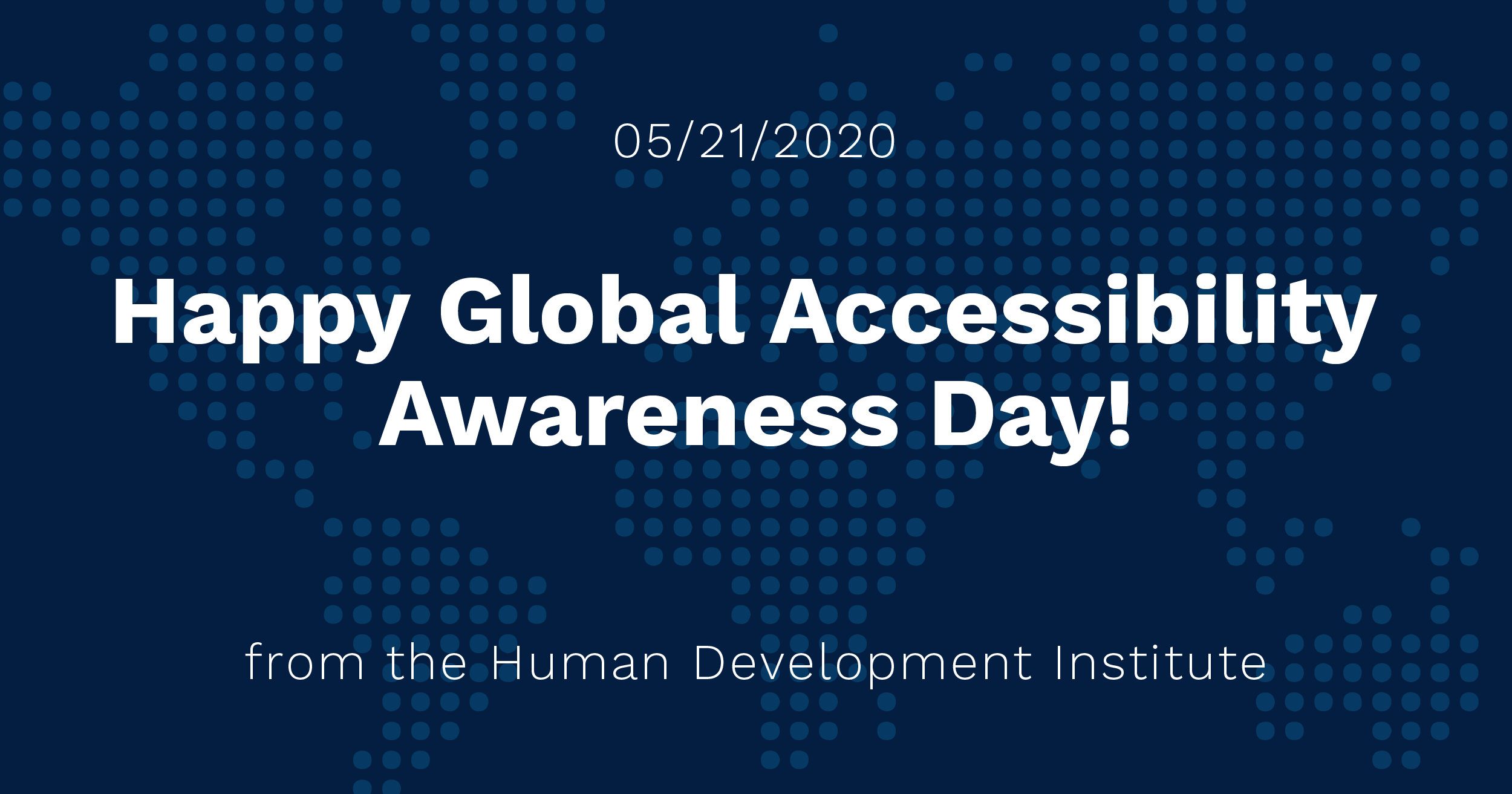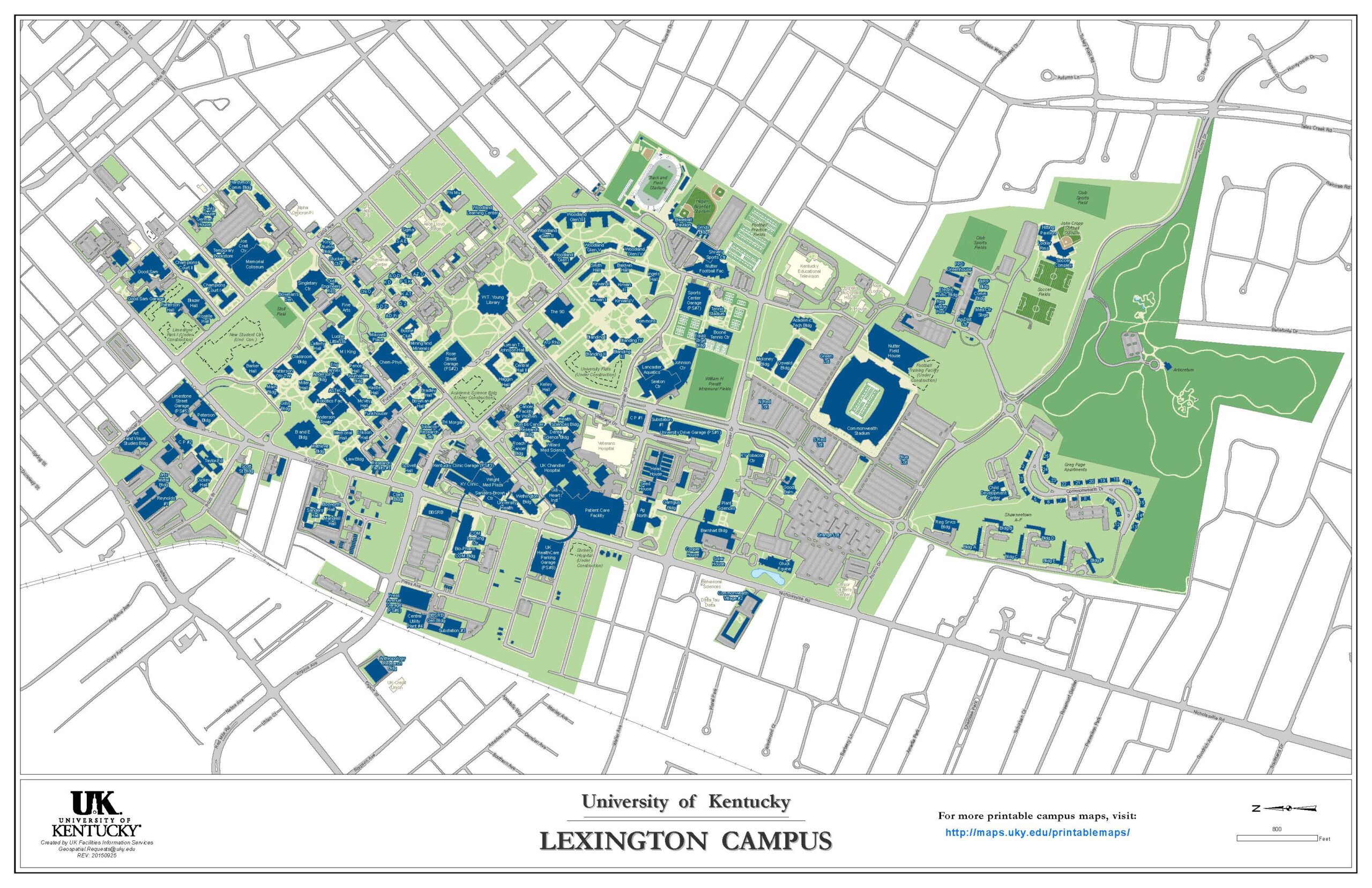Tag: accessibility
-

Increase Accessibility with Plain Language
Opportunities to make life more inclusive are everywhere – even something as simple as the language we use can have huge implications for accessibility. One of the most powerful tools […]
-

Global Accessibility Awareness Day 2020
Thursday, May 21, 2020 is Global Accessibility Awareness Day (GAAD). According to the GAAD web site, the goal of this day is to talk, think, and learn about digital access/inclusion […]
